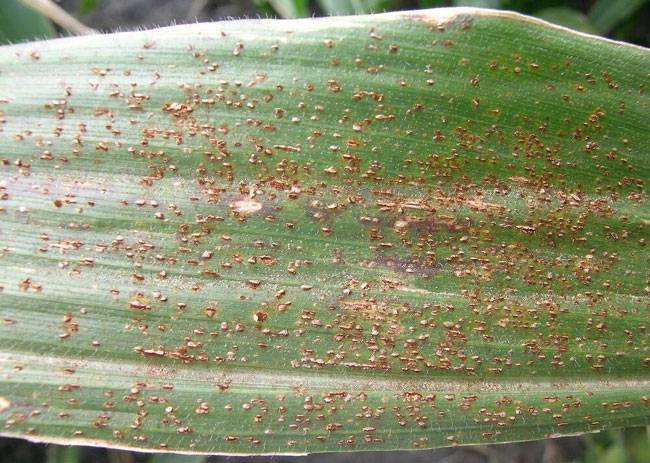Understanding Soil pH and Nutrient Availability
Understanding Soil pH and Nutrient Availability

Understanding Soil pH and Nutrient Availability
Understanding Soil pH and Nutrient Availability
Soil pH is a critical factor influencing the availability of nutrients to plants. The pH scale ranges from 1 (very acidic) to 14 (very alkaline), with 7 being neutral. Nutrient availability is greatly affected by pH, as certain nutrients are more soluble and accessible at specific pH levels. Below is a detailed pointwise analysis of how soil pH affects the availability of various essential nutrients.
1. Nitrogen (N)
- Optimal pH Range: 6.0–8.0
- Availability:
- Readily available in neutral to slightly acidic soils.
- In acidic soils (pH < 5.5), nitrification slows down, reducing nitrate levels.
- In highly alkaline soils (pH > 8.5), volatilization losses of ammonia increase.
- Key Notes:
- Soil microbes that convert organic matter to nitrate are less active in extreme pH conditions.
2. Phosphorus (P)
- Optimal pH Range: 6.0–7.5
- Availability:
- Most available in slightly acidic to neutral soils.
- At low pH (< 5.5), phosphorus binds with iron (Fe) and aluminum (Al), making it unavailable.
- At high pH (> 7.5), it forms insoluble calcium phosphates.
- Key Notes:
- Add organic matter or use phosphate-solubilizing microbes to enhance phosphorus availability in non-optimal pH soils.
3. Potassium (K)
- Optimal pH Range: 6.0–8.0
- Availability:
- Moderately available across a wide pH range.
- Slightly reduced availability in extremely acidic soils.
- Key Notes:
- Potassium availability is influenced more by soil texture and organic matter than pH alone.
4. Calcium (Ca)
- Optimal pH Range: 6.5–8.5
- Availability:
- Readily available in neutral to alkaline soils.
- Low availability in acidic soils (pH < 5.5) due to leaching.
- Key Notes:
- Liming acidic soils improves calcium levels.
5. Magnesium (Mg)
- Optimal pH Range: 6.5–8.5
- Availability:
- Similar to calcium, it is more available in neutral to slightly alkaline soils.
- In acidic soils, magnesium deficiency is common due to leaching.
- Key Notes:
- Dolomitic lime can correct magnesium deficiency in acidic soils.
6. Sulphur (S)
- Optimal pH Range: 6.0–8.0
- Availability:
- Available in a wide pH range but best in slightly acidic soils.
- Acidic soils enhance the microbial release of sulphates.
- Key Notes:
- Organic matter decomposition is crucial for sulphur release.
7. Zinc (Zn)
- Optimal pH Range: 5.0–7.0
- Availability:
- Highly available in acidic soils.
- Availability decreases significantly in alkaline soils (pH > 7.5).
- Key Notes:
- Zinc deficiency is common in calcareous and alkaline soils.
8. Ferrous (Iron, Fe)
- Optimal pH Range: 4.5–6.5
- Availability:
- Most available in acidic soils.
- In alkaline soils, iron precipitates as insoluble compounds, leading to deficiency.
- Key Notes:
- Iron chelates can improve availability in high pH soils.
9. Manganese (Mn)
- Optimal pH Range: 5.0–6.5
- Availability:
- Highly available in acidic soils.
- Alkaline soils reduce manganese availability significantly.
- Key Notes:
- Excess manganese in very acidic soils can become toxic to plants.
10. Copper (Cu)
- Optimal pH Range: 5.0–7.0
- Availability:
- Best available in acidic to neutral soils.
- Becomes less soluble in alkaline soils (pH > 7.5).
- Key Notes:
- Organic matter binds copper, making it less available in some soils.
11. Boron (B)
- Optimal pH Range: 5.0–7.5
- Availability:
- Available in acidic to neutral soils.
- In alkaline soils, boron leaches or forms insoluble compounds.
- Key Notes:
- Boron toxicity can occur in very acidic soils, while deficiency is common in alkaline soils.
12. Molybdenum (Mo)
- Optimal pH Range: 6.5–8.0
- Availability:
- Unique among nutrients, molybdenum availability increases in alkaline soils.
- Becomes deficient in highly acidic soils (pH < 5.5).
- Key Notes:
- Liming acidic soils can improve molybdenum levels.
Key Takeaways
- Neutral to slightly acidic soils (pH 6.0–7.5):
- Most nutrients are optimally available.
- Acidic soils (pH < 5.5):
- Micro and secondary nutrients like Fe, Mn, Zn, and Cu are more available but may become toxic.
- Deficiency of primary nutrients like N, P, and K is common.
- Alkaline soils (pH > 7.5):
- Primary nutrients are more available, while micronutrients like Fe, Zn, and Mn become deficient.
Improving Nutrient Availability Based on pH
- Acidic Soils:
- Add lime to neutralize acidity and improve calcium and magnesium availability.
- Apply fertilizers rich in phosphorus and potassium.
- Alkaline Soils:
- Use sulphur or gypsum to lower pH and enhance micronutrient availability.
- Apply chelated forms of micronutrients like Fe and Zn.
- General Practices:
- Perform soil testing to determine pH and nutrient levels.
- Incorporate organic matter to buffer soil pH and enhance nutrient cycling.
By understanding soil pH and its effect on nutrient availability, fa
Blog
Explore Our Blog






About Us
Welcome to Agriplaza
Welcome to Agriplaza. India's first and only comprehensive digital platform dedicated to agriculture and farmers. Explore widest range of related data our figures speaks a lot.
634724
Visitors
239
Diseases
131
Pests




